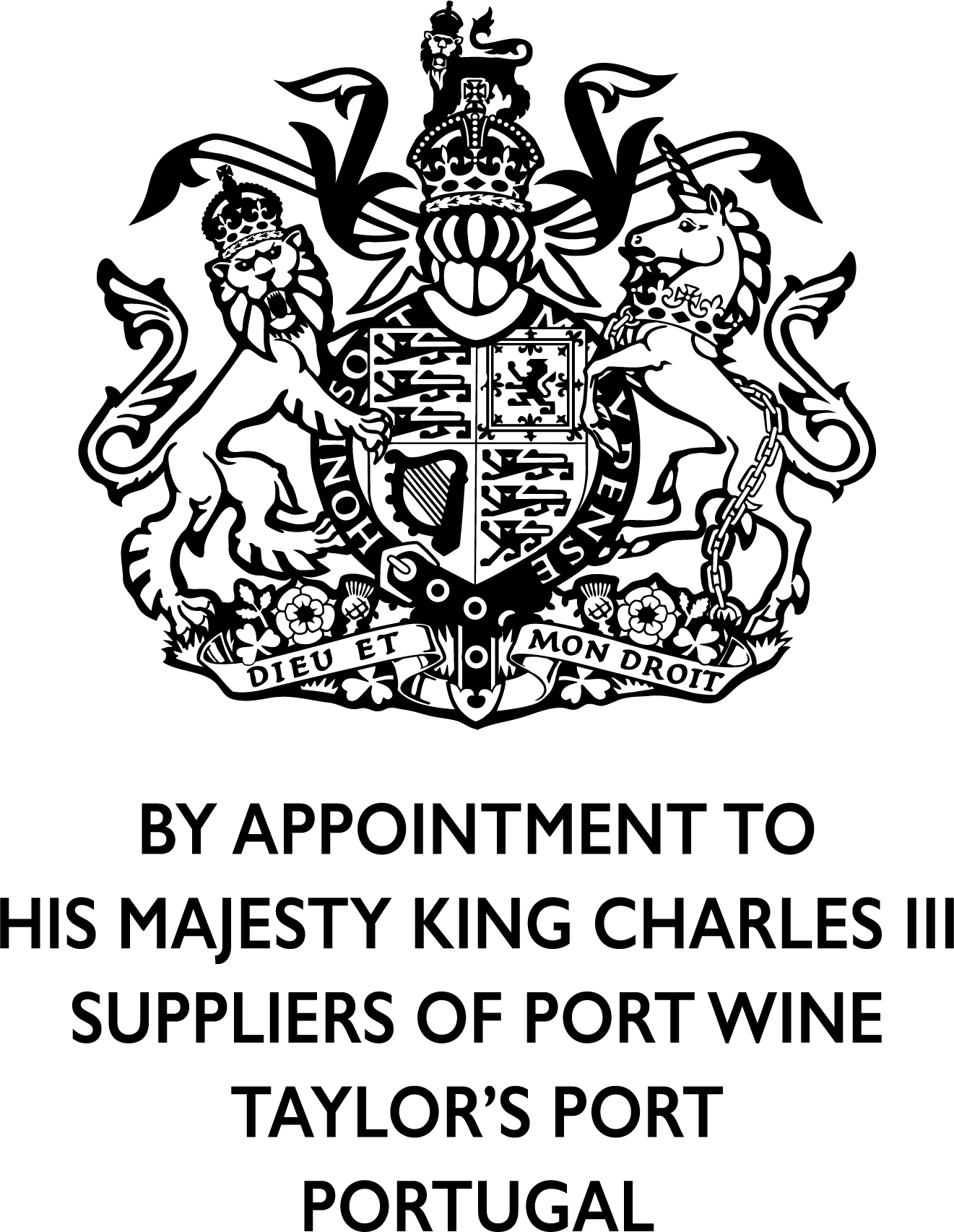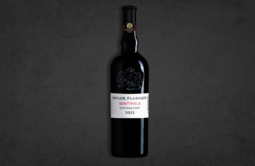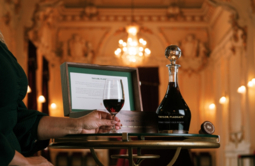Factory House
The Factory House is an imposing neo-classical building, completed in 1790, which houses the association of British Port firms. It is located in the historic commercial quarter of Oporto where, in the past, the Port shippers conducted their business. The word 'factory' is used in its original sense of an association or establishment of merchants or businessmen (known as 'factors') trading in a foreign country. Factories were essentially trading missions or outposts and were often also used by their members as clubs or places of entertainment. The Portuguese established factories, known as feitorias, in West Africa as early as the 15th century and subsequently in India, Malacca, Antwerp and elsewhere. In the 17th century the British built factories in India and the Dutch in the Far East. Several British factories were established in Europe. Early in the 18th century there were five in Portugal. Today no business is conducted in the Factory House and the building is used by the member Port houses mainly as a place to entertain their guests.
Feitoria
Feitoria is the Portuguese word for a 'factory' meaning an establishment of merchants trading in a foreign country. (See 'Factory House') The word feitoria was also used to identify the top grade in the Marquis of Pombal's original classification of the Port vineyards. Vineyards which were awarded feitoriastatus were allowed to sell their wines to the British market and charge the highest prices. The stone pillars which marked out the boundaries of the Port vineyard area in the 1756 demarcation were known as marcos de feitoria.
Fermentation
Fermentation is the process whereby micro-organisms called yeasts transform grape juice into wine by metabolising the sugar and converting it into alcohol. In the production of most wines, the fermentation is allowed to continue until the yeasts have converted all the sugar in the grape juice into alcohol. In Port wine production, however, brandy is added to the wine before the fermentation has finished. The addition of brandy raises the alcoholic strength of the wine, killing the yeasts and bringing fermentation to an end before all of the natural sugar of the grape juice has been converted into alcohol.
Fining
Fining involves adding a substance to the wine to remove suspended matter that might cause haziness or clouding or form unwanted sediment. The fining substance, also known as the fining agent, does not remain in the wine. It causes particles in suspension to adhere to it and gradually settles to the bottom of the vat taking the unwanted matter with it. All of these solids, including the fining agent, are then removed by racking and filtration. Fining is used mainly to stabilise and clarify wood aged Ports ensuring that they remain clean, bright and attractive to the eye. Fining can also sometimes make wines softer and smoother by removing harder tannins. There are many different kinds of fining agent, a common one being bentonite clay. Fining is a technique that has been used in wine production since antiquity.
Fortification
In the production of most wines, fermentation is allowed to continue until all the sugar in the grape juice has been converted into alcohol. In Port wine production, however, some brandy is added to the wine before the fermentation has finished. The addition of the brandy raises the alcoholic strength of the wine, killing the yeasts and bringing fermentation to an end before all of the natural sugar of the grape juice has been converted into alcohol. This process is called fortification. The proportions in which the brandy is added vary considerably, depending on the style of wine it is intended to produce and on the sugar level of the grape juice. However a typical proportion would be about 115 litres of brandy to 435 litres of must or fermenting grape juice. The technique of fortification evolved slowly over time. In the early years of its history most Port was not fortified except that in some cases a small amount of brandy might be added to the wine prior to shipment to protect it against the rigours of the sea voyage. By about 1850 fortification as we know it today was almost universally practised.
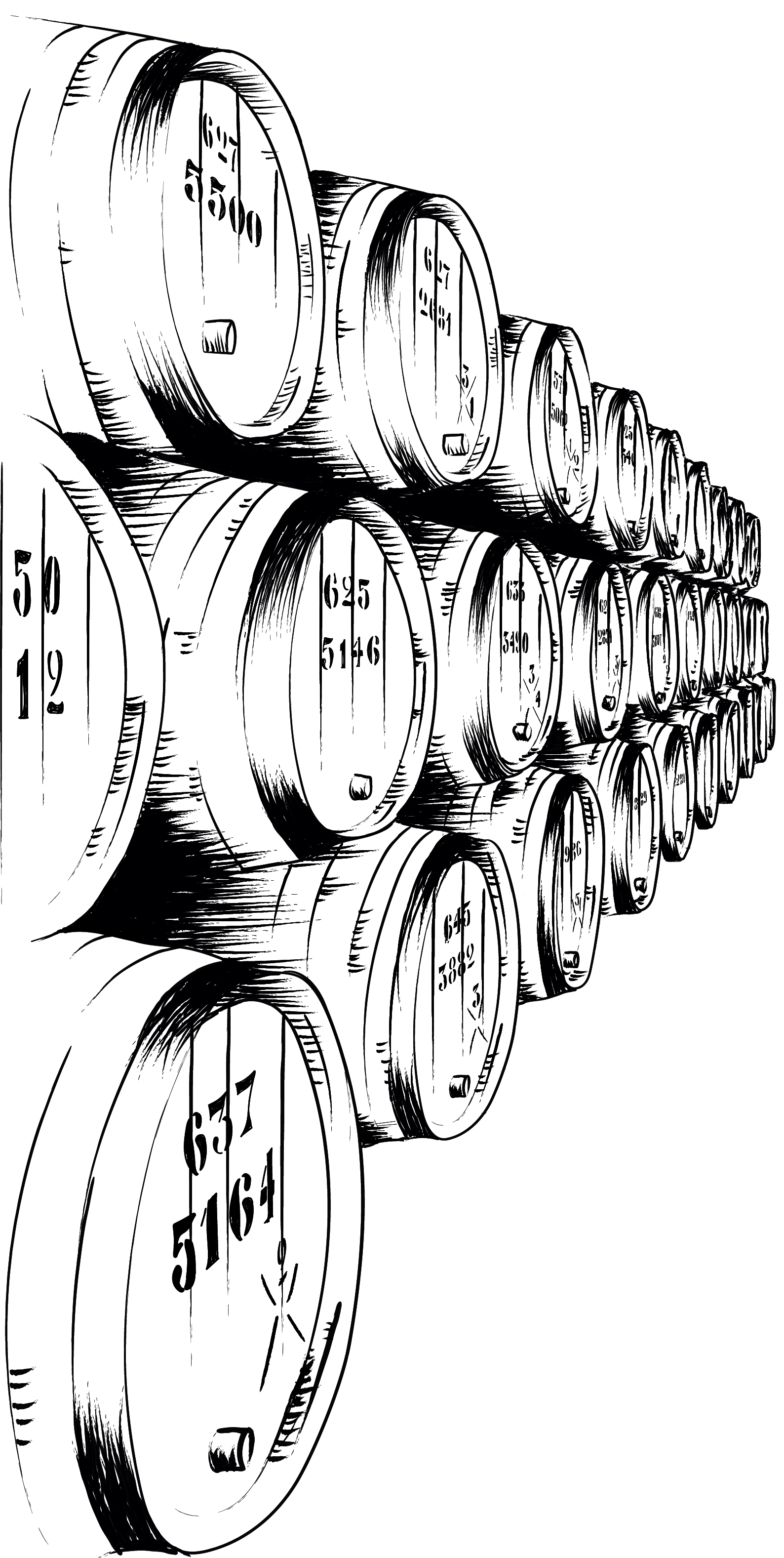
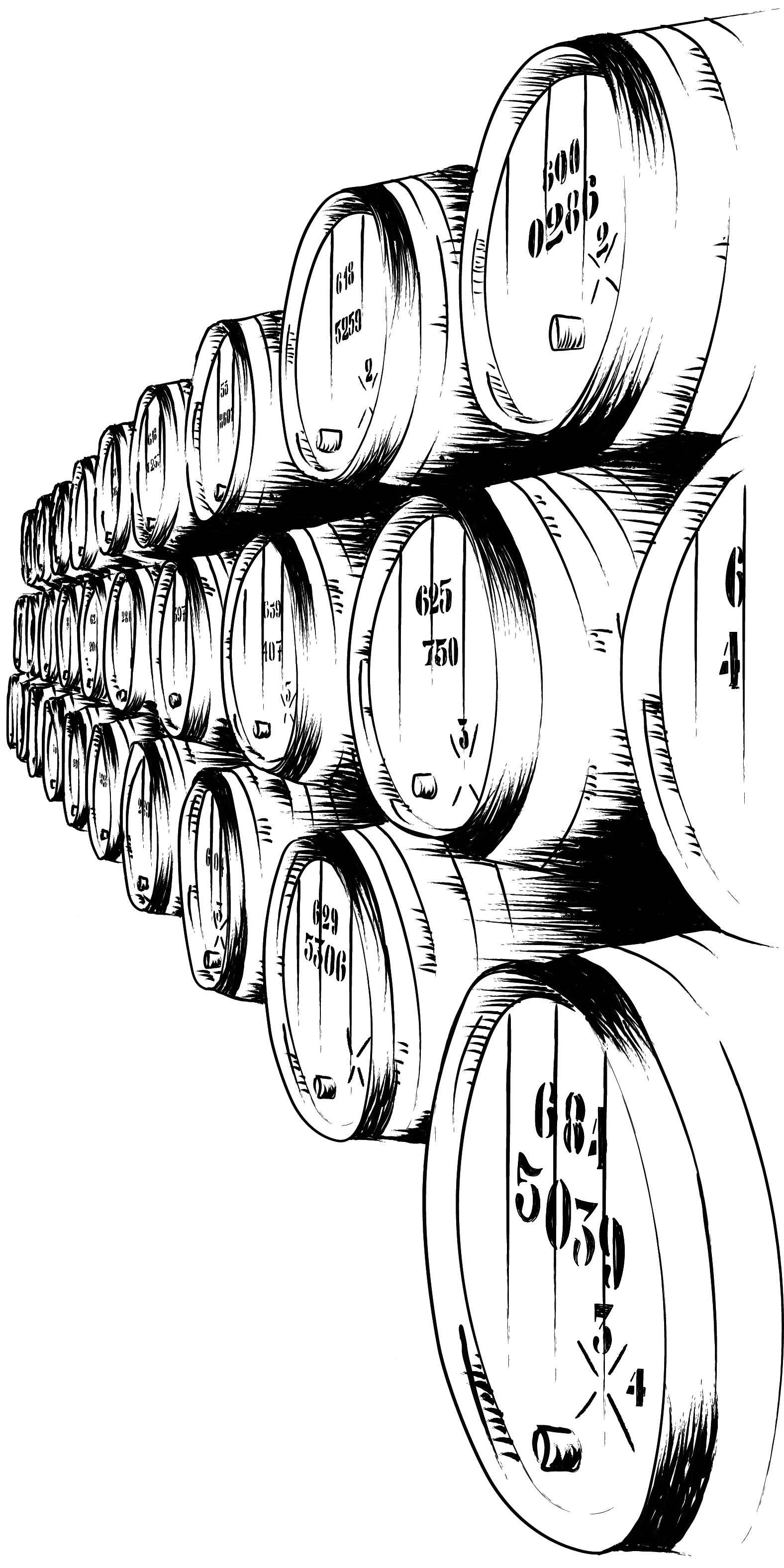
discover more
